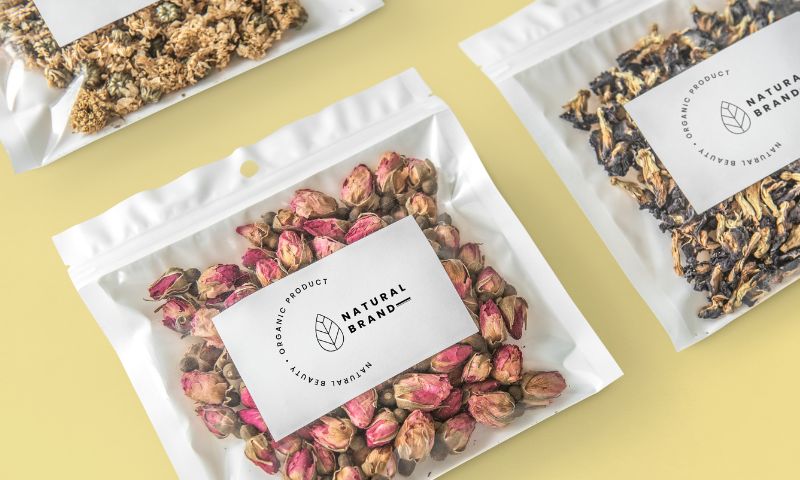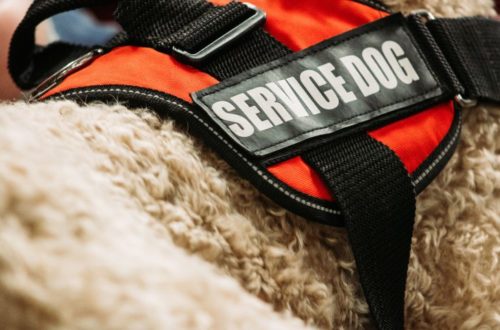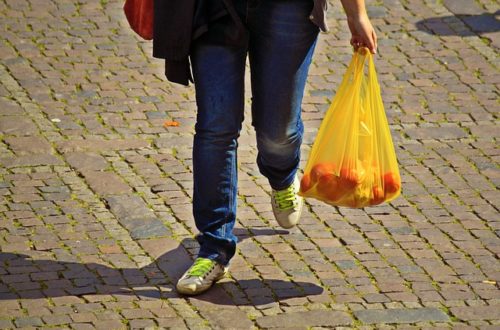5 Tips for Designing Shelf-Ready Packaging

Shelf-ready packaging refers to when a business uses a specific type of packaging for their products to optimize how stores can stock their shelves with them. Essentially, the store only needs to place the entire package on a shelf because its design allows it to display its item. If your business implements this, ensure you’re designing your shelf-ready packaging efficiently.
Don’t Overcomplicate Things
Shelf-ready packaging isn’t necessarily for aesthetics. While the graphics and the design on the package matter to an extent, it still needs to be able to fit into shelves easily and be easy to understand. Therefore, you shouldn’t overcomplicate things.
It must be straightforward for the store to stock your product and for your customer to view and pick up your items. For example, don’t make the box confusing to open. We recommend perforated lines along one panel of the package so that stores know where to open your product.
Make Things Easy for Customers
This packaging must be easy for customers to see and interact with because if it’s not, they’ll likely choose a similar product from a different brand. Aside from having shelf-ready qualities, you might also include frustration-free packaging to make it easier for customers to recycle and open your products. It should be easy for customers to view your product on store shelves, pick up the item, and recycle the package.
Remember Your Target Audience
In the end, the customers are the ones who purchase your products. The design on the outside of the package still matters and draws the eye of many individuals. Ensure your design elements align with your brand and appeal to your target audience. This is why you should use custom shipping boxes—it allows for more style and personalization.
Be Mindful of Size
This packaging will take up space on store shelves. The size of your package will matter because the bulkier it is, the harder it will be for stores to accommodate the space. Try to keep the package size compact so that it fits neatly on various store shelves.
Check Retailer Guidelines
There might come a time when a store can’t place your shelf-ready packaging out because it does not follow its guidelines. The packaging might need to have specific wording or design elements. When you’re working with a packaging supplier, ensure they’re also following the guidelines for your retailer. Read through the guidelines before and after designing your shelf-ready packaging to double-check that you did everything correctly.
Keep these basics in mind when you’re creating a shelf-ready package. The packaging supplier you choose may also be able to help with the design and give you great advice. Remember to make everything as straightforward as possible for both the retailer and your customers.
Would you like to receive similar articles by email?





